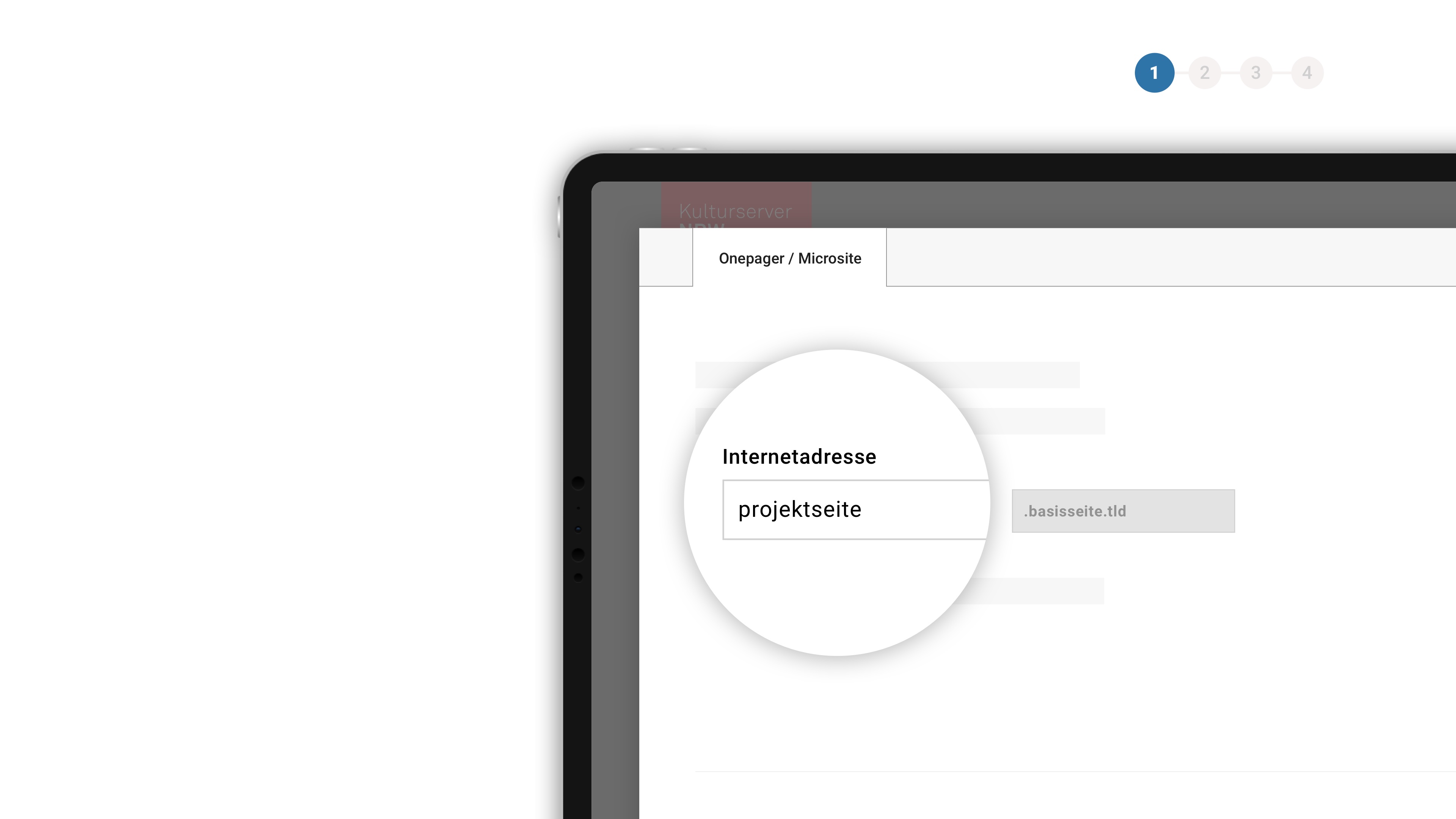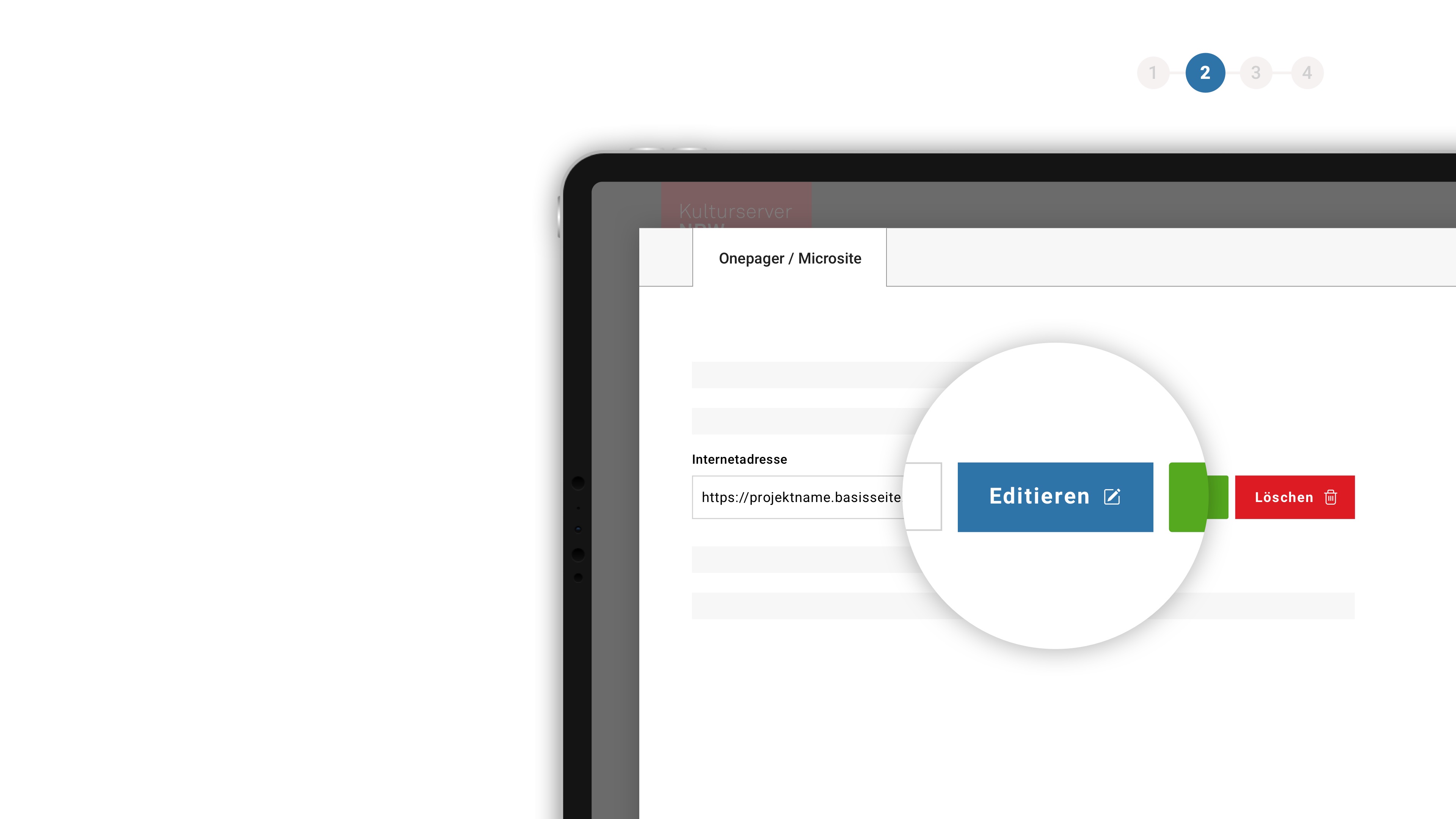„Datemi pace!“: Auf der Suche nach innerem Frieden - Deutsche Oper Berlin
“Datemi pace!”: Longing for Inner Peace
Tension Without Release ... Comments on the Score by Carlo Rizzi
When I began studying FRANCESCA DA RIMINI, at first I thought I was dealing with another verismo opera. The time of its creation fits, but otherwise, many elements are quite different. This has to do, first and foremost, with the libretto: FRANCESCA is a literary opera, such as previously hardly existed within Italian opera tradition. Of course D’Annunzio’s drama was abridged, but otherwise it remained untouched, adapted neither linguistically nor dramaturgically to the forms prevalent in the Italian opera tradition. This has far-reaching consequences: in FRANCESCA DA RIMINI, we find neither arias nor duets in the classical sense – and when they occur, they are extremely brief. Musical dialogue, on the other hand, is a central element. Simultaneous singing, typical for opera, only takes place on the last pages of the score, symbolizing the climax and musical conjunction of Paolo and Francesca.
This means that Zandonai strays very far from Italian operatic consensus of his time. Traditional forms and conventions seem to have interested him very little. His orientation is international; Debussy and Strauss can be heard in the score, Wagner is in the background – and not least, of course, Zandonai’s teacher Mascagni. Together with highly skilful cuts in D’Annunzio’s drama, the result is compact and effective musical theatre. The complex and innovative texture of the orchestral score ranges from intimate chamber music scenes to grand voluminous sound. Everything is concentrated on theatrical effect, directness, on the specific word and its emotion. Characterizing motifs and orchestral colours heighten the profile of individual figures, for example the irregular rhythms which accompany the externally coarse and vulgar-seeming Gianciotto with harsh, brittle and almost “limping” sounds. Or Malatestino: flanked by the whiplash of the insistent col legno of the strings, in which the wood of the bow hits the strings, his first appearance in battle already illustrates his potential for aggression and sadism which is fully unleashed in Act IV.
Mere beauty and purity of sound, and a pleasurable experience, did not interest Zandonai; he was after disturbing and stirring experiences. The harmonies are new and innovative; to the contemporary audience, the abrupt changes and unresolved dissonances were a great challenge. The tritone plays a special role here. The augmented fourth (or respectively diminished fifth) is the interval causing maximum tension within the tonal framework which Zandonai keeps overstepping. The listener feels at home in a key – and then suddenly has no idea where this is going. It leads to great instability, and of course this is intended as a comment on the stage action as well. As we follow the development of Francesca and Paolo’s relationship, the tritone invariably appears at key points. The outer and inner action and relationship of the two does not evolve in a linear, parallel fashion, but is full of tension and cross-purposes, with very different temperaments and attitudes that do not always match. However, each act brings progress, each act takes their psychological development one step further. Their very first encounter offers a strong signal: the two great iconographic lovers fall in love silently, without singing a single word or note. All the emotions are expressed by the orchestra. From here, we jump to the second act, into the battle. Francesca’s affection has turned to rage and hatred; Paolo is unhappy as well, at odds with himself and the situation. The music recounts all this with great precision: at times, we hear irony, as when Francesca greets Paolo as her “dear brother-in-law”; at other times, there is rage, insults or snappishness. Each psychological feeling brings forth new musical structures. Paolo and Francesca try to find each other, in struggle, in arguments, and here the tritone appears prominently: “Paolo!” Even in their first argument, the augmented fourth appears like a suppressed shout from Francesca – nervous, painful, yet striving for resolution. This cry of “Paolo!” coupled with a tritone will go on to manifest her desperation and longing several more times. The same is true in Act III, which also opens with a game of distance and intimacy and culminates in Francesca’s smaller “aria”: “Paolo, datemi pace”. In musical terms, almost nothing happens here, there is no grand melody, a few chords in the orchestra, harmonically suspended over a held note from the cellos. Above it, tenderly, once again with the tritone’s tension: “Paolo, give me peace.” Here we look deeply into Francesca’s soul, to the place where inner peace shines forth as her greatest desire. Francesca does indeed make peace – with herself and her fate. Completing a musical circle, the last act returns to the point of departure: the orchestra reprises motifs from Act I, in a slower tempo, an “Allegretto triste”. Memories of Francesca’s girlhood in Ravenna are awakened, of her sister Samaritana, of the premonitions of death that tortured Francesca even before her marriage. Now she consciously makes the final decision to accept this fate: “E così vada s’è pur mio destino! / Then let it be, if that is my fate!” Francesca’s fate is the lethal encounter with Paolo, culminating in unison in the last scene, when both voices merge in a climax: “Dammi la bocca! Ancora! / Give me your lips! Again!” They have reached a plateau where no further culmination is possible. The lethal end is extremely brief. And Francesca has the last word – on a tritone: “Paolo!”
Translation: Alexa Nieschlag





